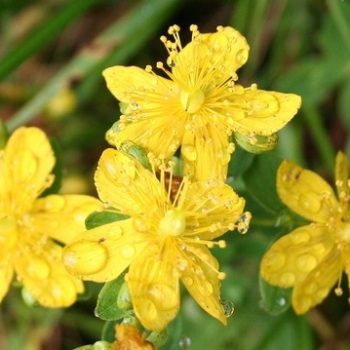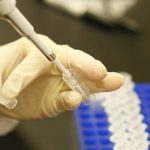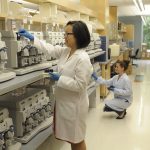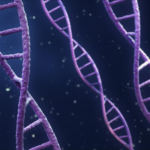Contemporary biomedical science is based on the principle that the more we understand about the underlying biological mechanisms that drive diseases, the better we will be able to treat them. But what about traditional medicine, such as herbal and plant-based treatments and techniques like acupuncture, which have more basis in accumulated cultural knowledge than the scientific method?
In cultures around the world, medical knowledge bases were developed largely through trial and error over hundreds and thousands of years.(a) Treatments are used without any (Western scientific) understanding of how and why they work. Among scientists, there is a general assumption that many of the remedies function through placebo effects and may not be useful when decontextualized from the cultural system from which they came. So how does traditional medicine fit into modern biomedical science, with its focus on the scientific method and increasingly sophisticated understandings of disease and treatment mechanisms?(b)
Even the most hubristic proponent of modern science would be a fool to dismiss thousands of years of accumulated knowledge out of hand. In fact, there has been a long history of scientists and pharmaceutical companies bioprospecting for “new” drugs in far-flung and isolated locales. In recent years this practice has slowed, in part because of issues of intellectual property and in part because pharmaceutical companies, who can now robotically test many tens of thousands of compounds almost instantly, decided it was not a good allocation of time and resources. But what if there is still value to be harvested from traditional medicine?
A group of researchers set out to identify objective, genetics-based support for the validity of various traditional remedies.1 In the process, they developed a framework for selecting subsets of natural products that should have the highest likelihood of being successfully converted into drugs for widespread use. The basis of this project is the idea tha t plant-based medicines that are most phylogenetically similar should have similar function in terms of treating disease.(c) With this in mind, researchers sequenced plants from New Zealand, Nepal, and South Africa to see if the species that were used in traditional medicine in different parts of the world tended to be closely related.
If these systems of traditional medicine were all smoke and mirrors, it is unlikely that there would be any pattern in the families of plants used by different communities, particularly geographically isolated ones. This turned out not to be the case: plants that are used as remedies tend to cluster on the same branches of the tree of life, even if the cultures that use them are separated by thousands of miles. Additionally, many drugs already in use (or under investigation) are derived from plants from those overlapping branches, suggesting that these plant families may be a good place to look for new drugs moving forward.
Together, the results provide genetic evidence that there may be a strong biological underpinning to traditional medicine. These findings may come as no surprise to the communities who have been using the plants for centuries, but it should be exciting news to scientists who are more apt to trust a nice-looking graph than years of tradition. Genetic research like this provides a valuable way to bridge different forms of medical practice and gives modern biomedical researchers an entry point into a very deep accumulation of traditional knowledge.(d) Additionally, focusing on the plant families that are repeatedly used from region to region may help future bioprospectors narrow down the search to those species that are most likely to be effective, leading to new and potentially better medicines.
Endnotes
- C. Haris Saslis-Lagoudakis, Vincent Savolainen, Elizabeth M. Williamson, Félix Forest, Steven J. Wagstaff, Sushim R. Baral, Mark F. Watson, Colin A. Pendry, and Julie A. Hawkins (2012) “Phylogenies reveal predictive power of traditional medicine in bioprospecting,” The Proceedings of the National Academy of Sciences, 109(39): 15835-15840.
Sidenotes
- (a) According to the World Health Organization, up to 80% of people in some Asian and African countries rely primarily on traditional medicine.
- (b) Modern biomedicine typically involves an intimate knowledge of a disease down to the cellular or molecular level, with drugs often developed based on single DNA base changes.
- (c) Phylogenetics makes use of DNA sequencing to determine how far back in evolutionary history two species split apart, thus telling us how closely related they are.
- (d) One of the most famous examples of a traditional remedy being adopted by modern medicine is digoxin, used to treat heart disease. The drug comes from the digitalis family of plants (commonly called foxgloves), which were used as a traditional treatment in Europe for centuries.





